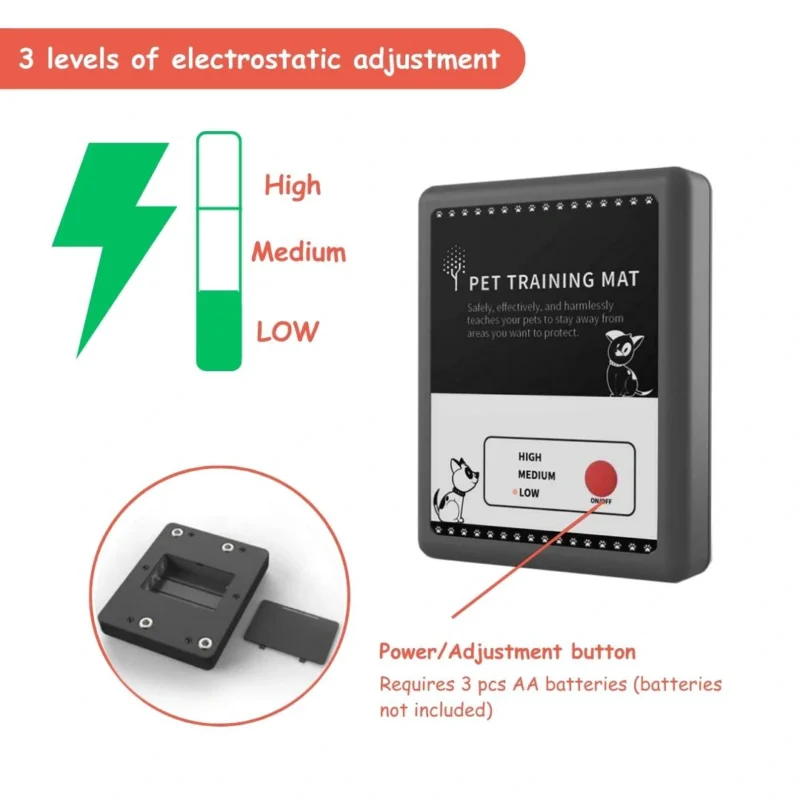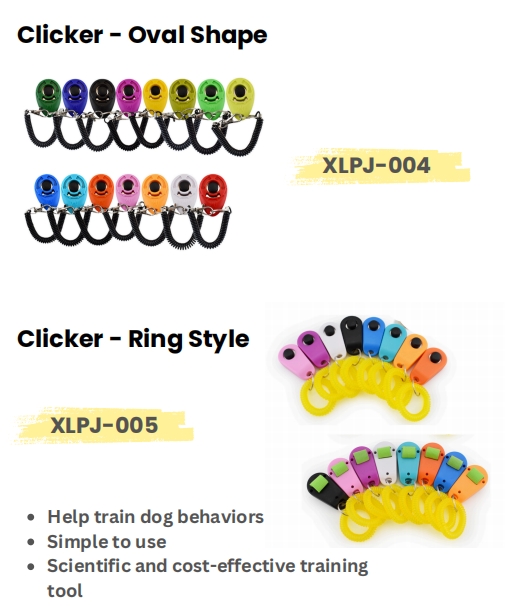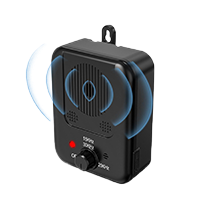Table of Contents
- Introduction
- Section 1: Understanding Pet Behavior
- Section 2: Traditional Training Methods
- Section 3: Innovative Training Tools
- Section 4: Other Effective Training Solutions
- Section 5: Best Practices for Successful Training
- Section 6: Maintaining a Healthy Environment
- Conclusion
Introduction
Training pets can be a rewarding yet challenging experience. Many pet owners find themselves grappling with behavioral issues that can arise in their furry friends. From scratching furniture to jumping on guests, these behaviors can be frustrating and disruptive. However, using effective tools and methods can make a significant difference in the training process.
Challenges Pet Owners Face
| Challenge | Description |
|---|---|
| Inconsistent Behavior | Pets may not respond consistently to commands. |
| Destructive Habits | Scratching, chewing, or digging can damage property. |
| Socialization Issues | Pets may struggle with interacting positively with others. |
| Frustration | Owners may feel overwhelmed by their pet’s behavior. |
Importance of Effective Tools and Methods
Utilizing the right training tools can streamline the process and enhance the effectiveness of training. Techniques that incorporate positive reinforcement and clear communication are essential in fostering a strong bond between pet and owner.
In this article, we will explore various training solutions available to pet owners, including innovative products like the Pet Isolation Mat, which can help manage unwanted behaviors in a safe and effective manner.
Section 1: Understanding Pet Behavior
Understanding the root causes of common behavioral issues is crucial for effective training. Here are some common problems pet owners face:
Common Behavioral Issues in Pets
| Issue | Description |
|---|---|
| Scratching | Pets may scratch furniture or carpets out of boredom or instinct. |
| Jumping | Dogs may jump on people as a form of excitement or greeting. |
| Barking | Excessive barking can be a response to anxiety or boredom. |
| Chewing | Destructive chewing often occurs when pets are left alone or lack stimulation. |
The Psychology Behind Pet Behaviors
Pets engage in certain behaviors for various reasons:
- Instinctual Drives: Many behaviors are rooted in natural instincts, such as scratching for cats or jumping for attention in dogs.
- Boredom and Lack of Stimulation: Pets that are not mentally or physically stimulated may find their own entertainment, often through undesirable behaviors.
- Anxiety and Stress: Changes in environment or routine can lead to anxiety, resulting in behaviors like excessive barking or destructive chewing.
Importance of Addressing Behaviors Early
Addressing behavioral issues early is essential for several reasons:
- Prevention of Escalation: Unchecked behaviors can become entrenched habits, making them harder to correct over time.
- Safety Concerns: Certain behaviors, like excessive chewing, can pose safety risks to pets if they ingest harmful items.
- Improved Quality of Life: A well-trained pet is typically happier and more content, leading to a better relationship with their owner.
Section 2: Traditional Training Methods
Traditional training methods have long been the foundation of pet education. Understanding these techniques can help pet owners choose the best approach for their furry friends.
Overview of Traditional Training Techniques
| Technique | Description |
|---|---|
| Positive Reinforcement | Rewarding desired behaviors with treats or praise. |
| Command Training | Teaching pets to respond to specific commands (e.g., sit, stay). |
| Leash Training | Teaching pets to walk politely on a leash. |
Advantages and Limitations
| Method | Advantages | Limitations |
|---|---|---|
| Positive Reinforcement | Builds trust and encourages desired behaviors. | May require consistent rewards to maintain behavior. |
| Command Training | Establishes clear communication between pet and owner. | May take time for pets to learn commands. |
| Leash Training | Promotes safe and controlled walks. | Some pets may resist or pull on the leash. |
Importance of Consistency and Patience
Success in training relies heavily on consistency and patience. Pets thrive on routine and clear expectations, and owners should:
- Be Consistent: Use the same commands and rewards consistently to avoid confusion.
- Practice Patience: Understand that learning takes time and that setbacks are a normal part of the process.
By combining traditional methods with innovative solutions, such as the Pet Isolation Mat, pet owners can create a comprehensive training strategy tailored to their pet’s needs.
Section 3: Innovative Training Tools
In recent years, pet training has evolved with the introduction of modern tools designed to make the process more effective and engaging. These innovative products leverage technology to address common behavioral issues and enhance the overall training experience.
Benefits of Using Technology in Pet Training
| Benefit | Description |
|---|---|
| Enhanced Communication | Tools that provide clear signals to pets. |
| Customizable Training | Options to tailor training methods to each pet. |
| Increased Engagement | Interactive tools keep pets mentally stimulated. |
| Immediate Feedback | Instant correction helps pets learn faster. |
Subsection 3.1: Pet Isolation Mat
The Pet Isolation Mat is an innovative training solution designed to deter pets from unwanted areas. By using mild static shocks, it teaches pets to avoid specific locations, making it an effective tool for managing behavior.

| Feature | Description |
|---|---|
| Adjustable Static Levels | Three settings (Low/Medium/High) for customization. |
| Safe Design | Mild shocks are safe and non-harmful to pets. |
| Ease of Use | Simple setup and operation with battery power. |

How It Helps: The Pet Isolation Mat can be placed on furniture, counters, or any area you want your pets to avoid. When your pet steps on the mat, they receive a mild static correction, quickly learning to stay away from that spot.
Tips for Effective Usage and Placement:
- Choose High-Traffic Areas: Place the mat in locations where your pet frequently misbehaves.
- Consistent Placement: Use the mat consistently to reinforce boundaries.
- Monitor Reactions: Observe your pet’s behavior to adjust settings as needed.
Section 4: Other Effective Training Solutions
In addition to the Pet Isolation Mat, several other effective training tools can help pet owners manage and correct unwanted behaviors.
Clickers and Training Clicker Kits

Clicker training is a popular method that uses a small handheld device that makes a clicking sound when pressed.
- The clicker marks the exact moment a pet performs the desired behavior.
- Follow the click with a treat to reinforce the behavior.
Benefits:
- Provides clear, immediate feedback.
- Encourages positive reinforcement, making training enjoyable for pets.
Puzzle Toys and Interactive Feeders

These toys are designed to engage pets mentally and physically, keeping them entertained.
How They Help:
- Stimulate your pet’s mind, reducing boredom-related behaviors.
- Encourage problem-solving skills and independent play.
Role in Reducing Behavioral Issues:
- Engaged pets are less likely to engage in destructive behaviors, as they have a productive outlet for their energy.
Whistle Training Tools
Whistles are effective tools for training pets, particularly for recall commands.
How They Work:
- A consistent whistle sound signals pets to return to their owner.
Benefits:
- Whistles can carry further than a human voice, making them useful in noisy environments.
- They establish a clear, distinct cue that pets can recognize.
Training Collars
Training collars, including e-collars and remote training collars, offer additional options for managing behavior.
Types:
| Type | Description |
|---|---|
| E-Collars | Provide sound/vibration/shock corrections for unwanted behaviors. |
| Remote Training Collars | Allow owners to deliver signals from a distance. |
Important Considerations:
- Always prioritize humane training methods.
- Consult with a professional trainer to ensure correct usage and avoid negative impacts on your pet’s behavior.
By incorporating these innovative tools into your training regimen, you can create a well-rounded approach that addresses your pet’s unique needs while promoting positive behaviors.
Section 5: Best Practices for Successful Training
To achieve successful training outcomes, it’s essential to implement best practices that facilitate learning and foster a positive environment for pets.
Tips for Effective Training Sessions
| Tip | Description |
|---|---|
| Set Realistic Goals | Establish achievable objectives to avoid frustration. |
| Keep Sessions Short | Limit training to 5-15 minutes to maintain focus. |
| Engage with Rewards | Use treats and praise to reinforce good behavior. |
| Encourage Socialization | Introduce pets to various environments and other animals. |
The Role of Socialization in Training
Socializing pets is crucial for developing well-rounded behavior. Early and ongoing exposure to different people, pets, and environments helps reduce anxiety and promotes positive interactions.
Section 6: Maintaining a Healthy Environment
Creating a supportive environment can significantly impact your training efforts. Here are some strategies to consider:
Creating a Pet-Friendly Home
- Designate Safe Spaces: Provide areas where pets can relax and feel secure.
- Remove Hazards: Keep potentially harmful items out of reach to prevent accidents.
- Use Training Tools: Incorporate tools like the Pet Isolation Mat to manage boundaries effectively.
Importance of Routine and Structure
Pets thrive on routine and predictability. Establishing a consistent daily schedule for feeding, playtime, and training helps pets understand expectations and reduces anxiety.
Conclusion
Effective training tools are crucial for addressing behavioral issues and fostering a strong bond between pets and their owners. By exploring various options, including the Pet Isolation Mat, you can find solutions that work best for your pet’s needs.
We encourage you to share your training experiences or ask any questions in the comments below. Together, we can create a community of informed and engaged pet owners!
Frequently Asked Questions (FAQ)
1. What is a Pet Isolation Mat?
The Pet Isolation Mat is a training tool designed to deter pets from unwanted areas using mild static shocks. It helps teach pets to avoid specific locations, such as furniture or countertops.
2. Is the static shock from the mat safe for my pet?
Yes, the static shocks delivered by the Pet Isolation Mat are mild and designed to be safe for pets. They provide a gentle correction without causing harm.
3. How do I set up the Pet Isolation Mat?
To set up the mat, simply insert three AA batteries (not included), place it in a desired location, and turn it on. Adjust the shock level as needed.
4. How effective is the Pet Isolation Mat for training?
The Pet Isolation Mat can be highly effective for training, as it provides immediate feedback to pets. With consistent use, pets can learn to associate the mat with areas they should avoid.
5. Can I use the mat for both dogs and cats?
Yes, the Pet Isolation Mat is suitable for both dogs and cats. It helps manage unwanted behaviors in a variety of settings.
6. How long should training sessions be?
Training sessions should be short and engaging, ideally lasting between 5 to 15 minutes. This helps maintain your pet’s focus and enthusiasm.
7. What other training tools can I use alongside the Pet Isolation Mat?
Other effective training tools include clickers, puzzle toys, interactive feeders, and whistle training tools. Combining different methods can enhance your pet’s training experience.
8. How can I ensure my pet’s training is successful?
To ensure successful training, set realistic goals, be consistent with commands, use positive reinforcement, and maintain a structured routine for your pet.





-1000-x-563-像素-3.jpg)